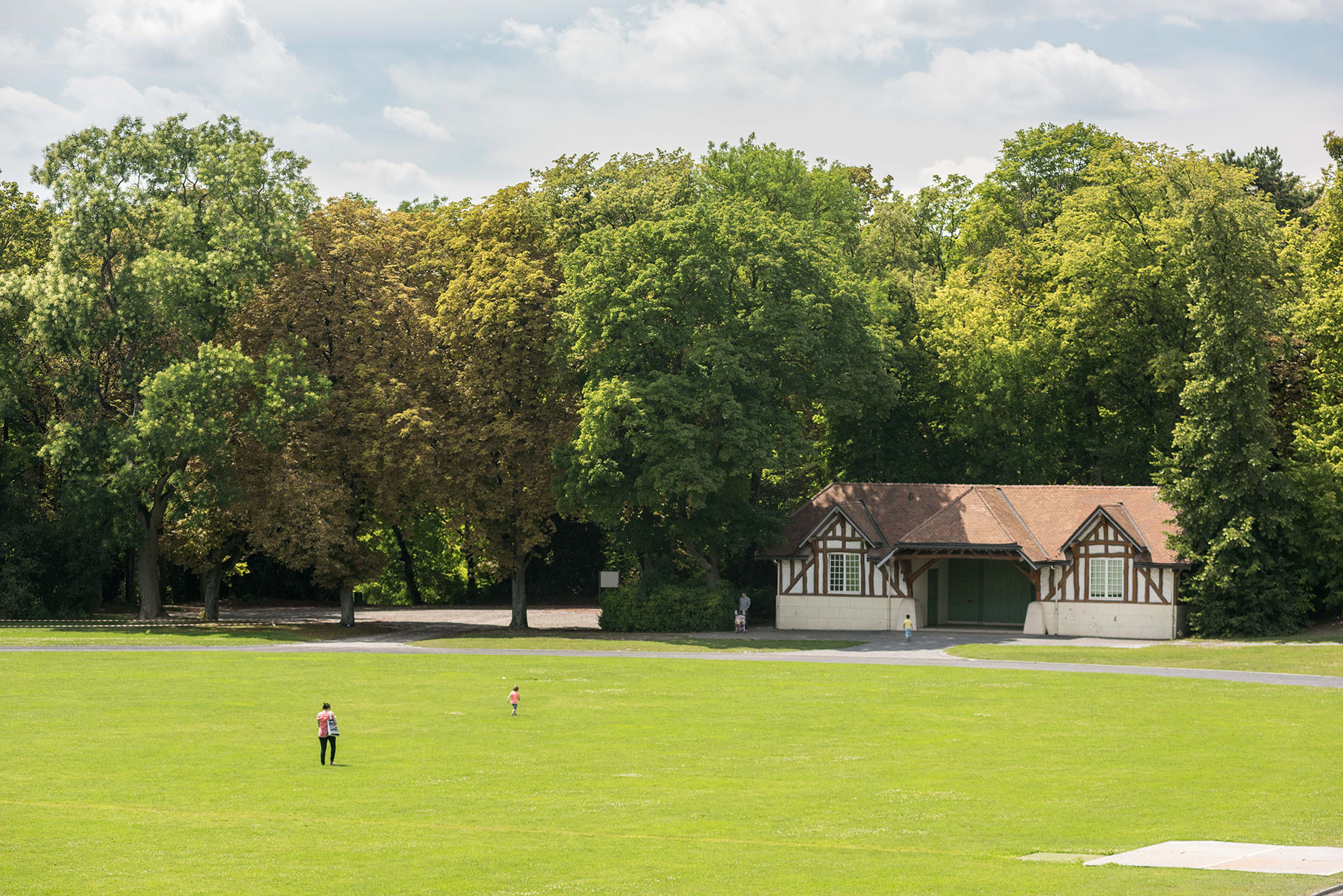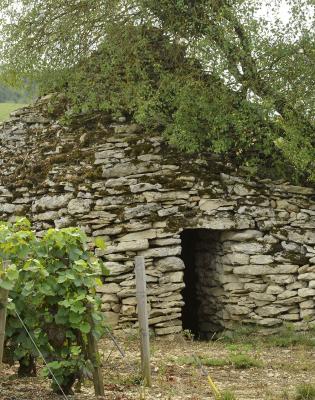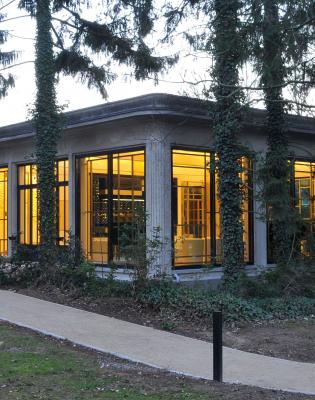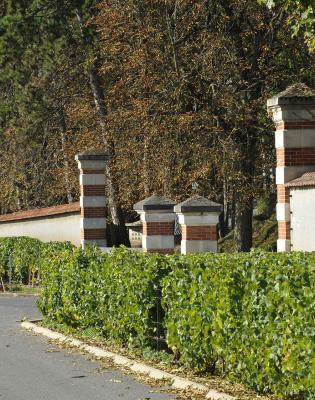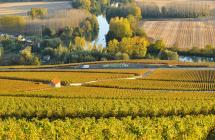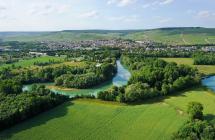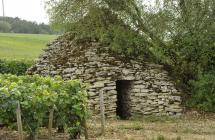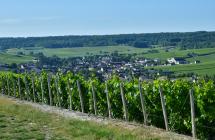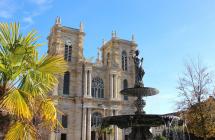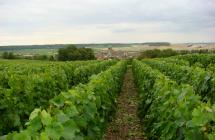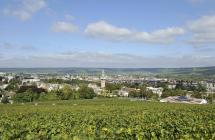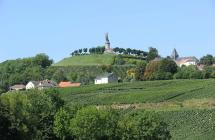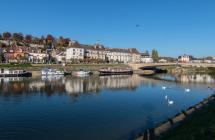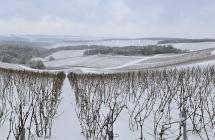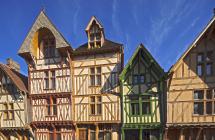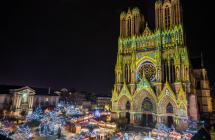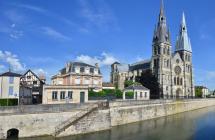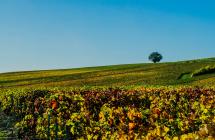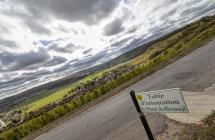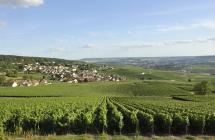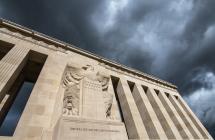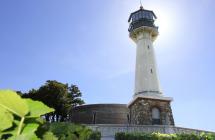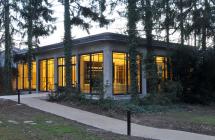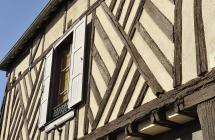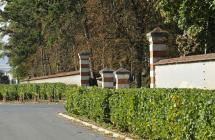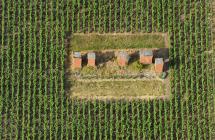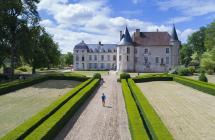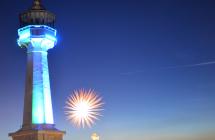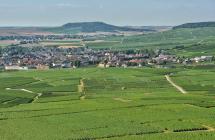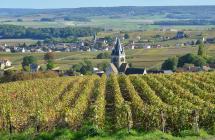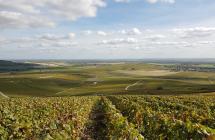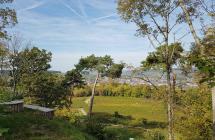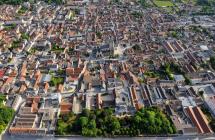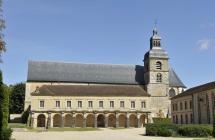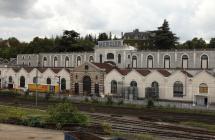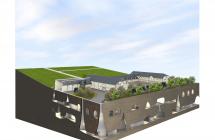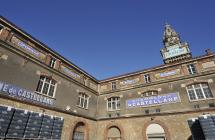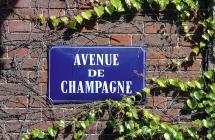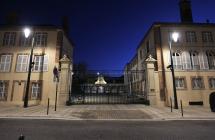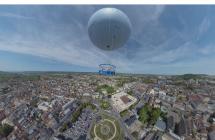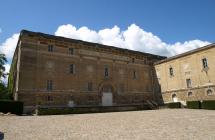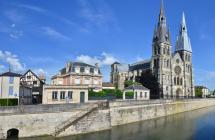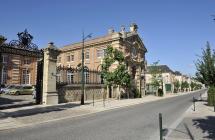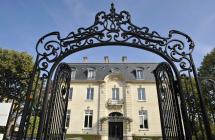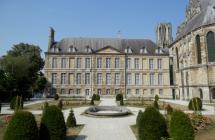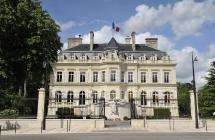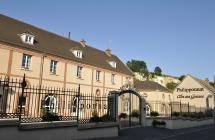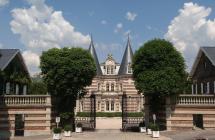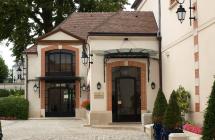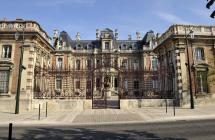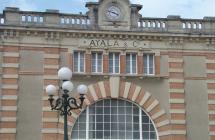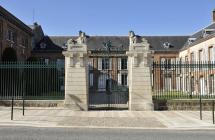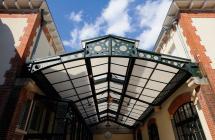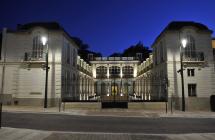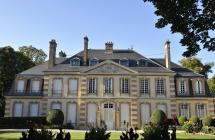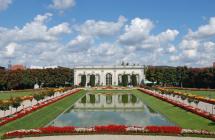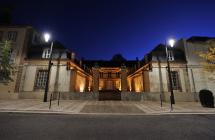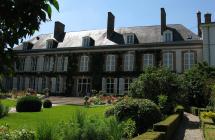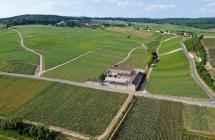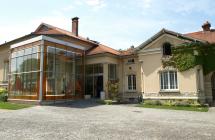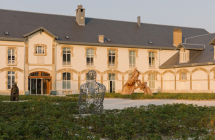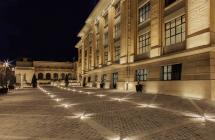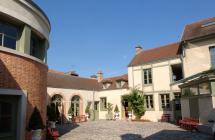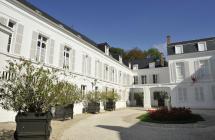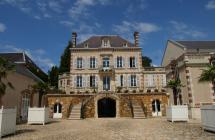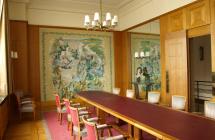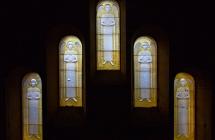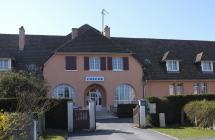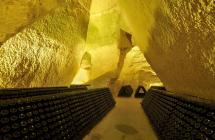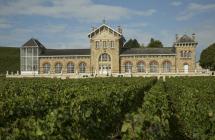Located in south-east Reims on Saint-Nicaise Hill, the modern-day Parc de Champagne (formerly Parc Pommery) was originally designed as a recreation facility for staff of the Pommery Champagne House. In 1913, it became the very first French Sports College where France’s greatest athletes trained, including Jean Bouin. The college also welcomed schoolchildren from the Reims area. It was the birthplace of the “natural” method of physical education advocated by Georges Hébert.
In 2004, its owners, the LVMH Group, made the park available to the City of Reims. Fully refurbished, it is now a place for local people to stroll and relax, and a venue for numerous sports and cultural events.
In 1907, Marquis Melchior de Polignac, grandson of the famous widow Louise Pommery, commissioned local architect and landscaper Edouard Redont to create a 22-hectare tree-lined park for his workforce to enjoy. On a stony plot, Redont created an ornamental garden that was a masterpiece of landscape art. The architect was an advocate of architecture that utilises plants to promote health, since plants are the lungs of urban areas; they decontaminate the soil, purify the air, filter and block dust. On several occasions, he endorsed the old Roman adage of there being “no fauna without flora”. While the park was a pleasure garden, it was also a sports complex, regarded for many years as the finest in France. The Marquis was a “sportsman” at heart, at a time when the influence of sport was far less marked than it is today.
The park opened its gates in 1911 for the House of Pommery’s workers and their families, a unique concept in France at that time. In 1913 a French naval officer, Georges Hébert, established his Sports College, a precursor of modern training centres, in the park. The experiment was cut short by the First World War, when the park was destroyed.
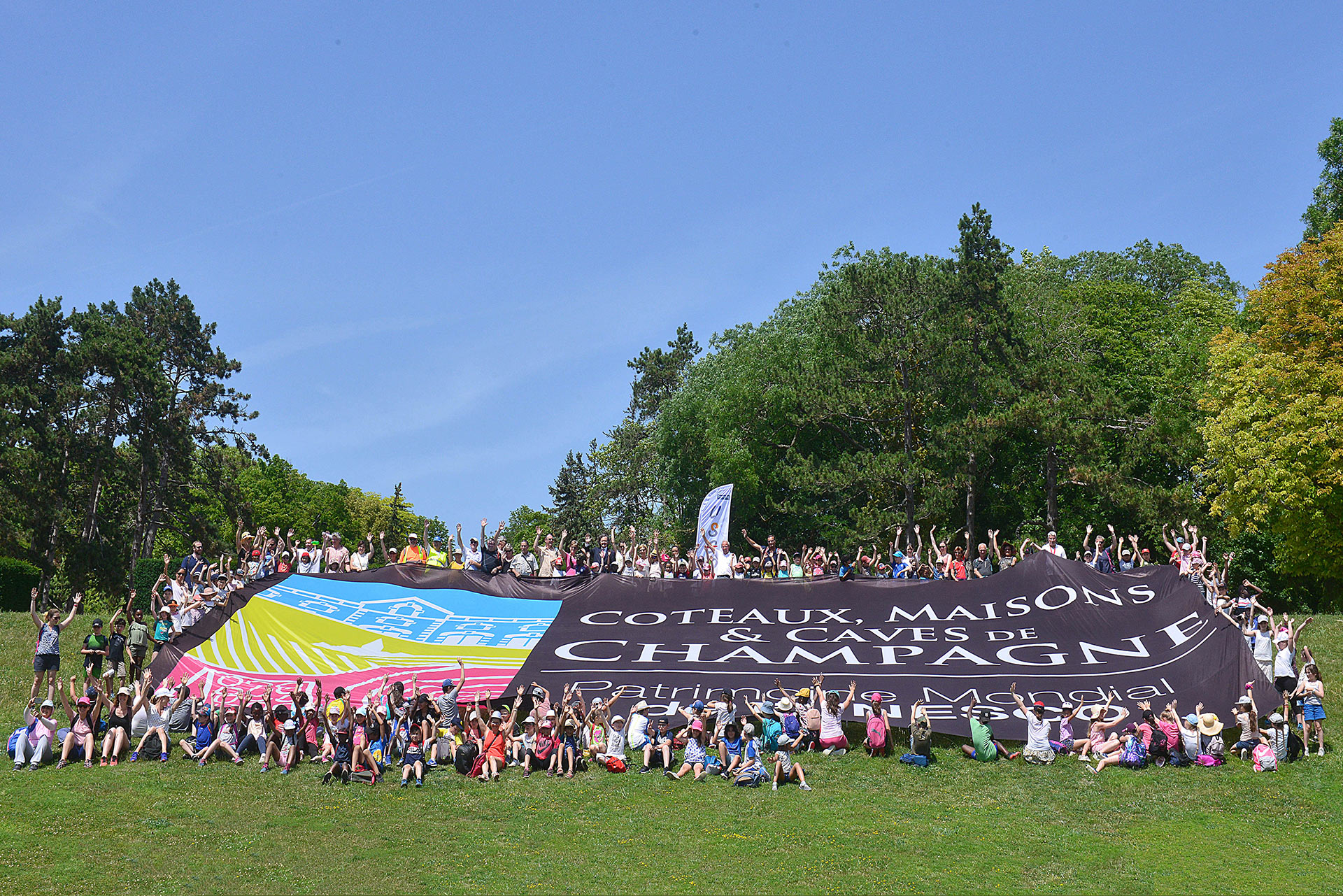
Restored in 1922, it resumed its initial sporting and recreational remit for the benefit of all the townspeople, surrounded by some 3,000 trees of various species. The local council took over management of the park in 2004, preserving a number of buildings that bear witness to the park's origins.
A war memorial, dedicated to the African colonial troops who served in the French army during World War 1, was recently moved to the park.
--
Parc de Champagne - 10 avenue du Général Giraud - 51100 Reims
